Grub worms are actually much thicker than they are long. These plump creatures vary in size from 3/4-inch to 1 and 1/4-inches in length. Grub worms are the larva of beetles. These include the Asiatic garden beetle (Maladera castanea), the Japanese beetle (Strigoderma arbicola), masked chafer (Cyclocephala borealis), Oriental beetle (Anomala orientalis), and the green June beetle (Phyllophaga fusca). These insects have a one-year life cycle. The beetle is most active from June through mid August. Young grubs grow to full size rather rapidly. It takes only 3-4 weeks for them to reach their max.
Also known as “white grubs” or “white grub worms,” grubs are either white or gray, with a dark posterior abdomen and a brown head. Their bodies curl into C-shape. If you see a grub worm or several grub worms writhing around on your lawn, don’t panic. Grub worms are harmless to humans.
Grub worms feed on plants and the roots of turf grasses and the adult beetles feed on trees, shrubs, and other foliage. While grubs are harmless to humans, they can be devastating to crops because they feed on crop roots. Grub worms have three larval stages, with the third being the most devastating to crops. They hatch from eggs laid in soil and they also pupate in the soil. Fortunately, the adults are not considered turf pests.
Its easy to tell whether you have a grub worm infestation or not by the condition of your grass and the types of animals foraging around in your lawn or in your crops. When grub worms feed on grass roots, the grass turns yellow and dies. You will notice scattered brown patches of grass and the grass will pull up very easily. If you notice an increase in birds, moles, raccoons, and depending on what part of the country you live in, armadillos, this may be because you have a grub infestation. If you notice wasps in large numbers hovering over your grass, this may also be a sign of a white grub infestation.
Before attempting to treat a grub worm infestation, you can confirm that you have an infestation by digging up the top three to four inches of soil, roots, and thatch. Simply sift through the materials and look for the larvae. If you find any grubs, its time to explore treatment options.
Grub worms have natural enemies such as ants, ground beetles, scoliids, and tiphiids. These natural predators may help to control the problem as well as keeping the soil dry, if at all possible. Preventative measures include insecticides such as Ortho Grub-B-Gon Max, Merit, Arena, Mach2, and Season-Long Grub Control.
All About Worms is always free, always reader-supported. Your tips via CashApp, Venmo, or Paypal are appreciated! Receipts will come from ISIPP Publishing.



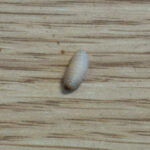
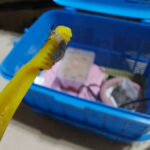
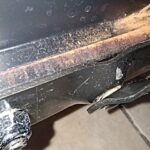
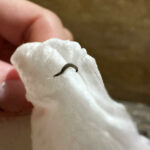
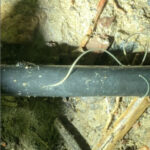
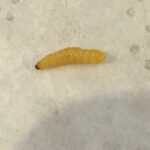

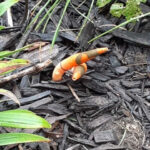
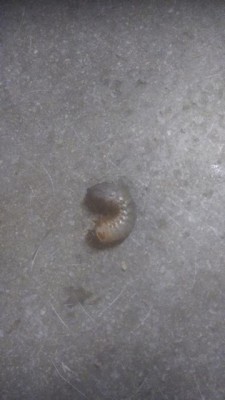
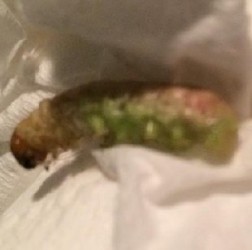




I just found a 3inch by 1 inch today. I didn’t know they got that big.
I have found a white grub worm 3 inches long and an inch wide. I have pictures if you want, and the grub is still alive